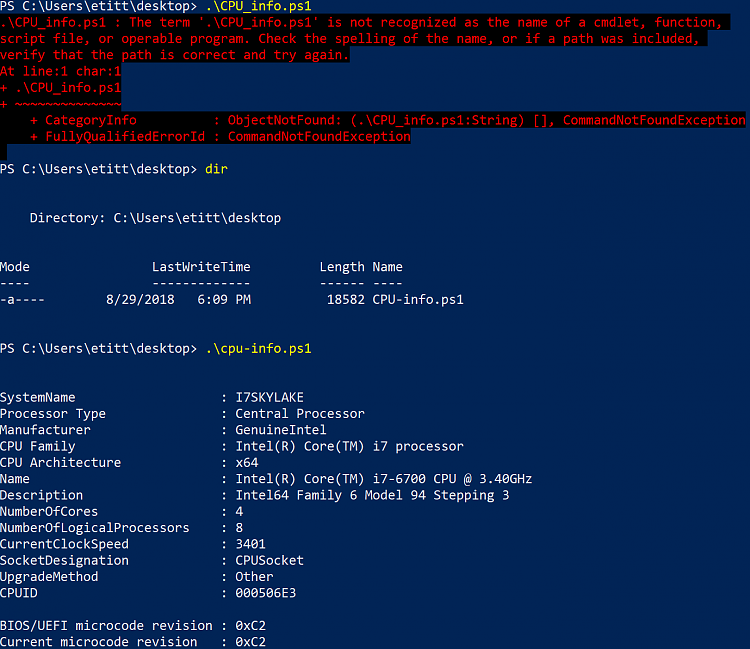
For use with sqlite database, value of this option should be "localhost" (without quotes). This option is to use with centralized database ( PostGreSQL or MySQL). Server_id - sets the name of the server (at most 10 characters). Connection string is not used for sqlite database.

more pretty, scalable, interactive charts ĭefault port is used for specific database, if port is not specified (typical port is 3306 for MySQL and 5432 for PostGreSQL).implemented ability to add custom plugins.

improved notifications about hitting LVE limits (more informative and without false positives).lvestats-server saves “snapshots” of user’s processes and queries for each “incident” - added new lve-read-snapshot utility.
 lvestats-server emulates and tracks faults for CPU, IO, IOPS. CPU usage is calculated in terms of % of a single core (100% usage means one core). Old LVE-statistics functionality is hard to extend. Notifications in old LVE-statistics are not accurate because they are based on average values for CPU, IO, IOPS. what processes are running when user hits LVE limits.Example Old LVE-statistics does not provide a way to determine a cause of LVE faults, i.e. On 32 core servers usage is not visible for most users (as they are limited to 1 core). 100% CPU usage in old lve statistics means “all cores”. So, such peak load will noExat be recorded and we need to store data with much higher precision. Data in old LVE-statistics is aggregated to 1-hour intervals. If user used 100% of CPU for 1 second within an hour, it is only 1-2% for a minute, and 0 for 5 minutes. Old LVE-statistics store averages as integer numbers, as % of CPU usage. What features will be implemented in the future?. flags – Defines a number of different processor attributes, such as the presence of a floating-point unit (FPU) and the ability to process MMX instructions.# General information and requirements # LVE-Stats 2 # General information and requirements. cache size – Tells you the amount of level 2 memory cache available to the processor. cpu MHz – Shows the processor’s precise speed, in megahertz, to the thousandth decimal point. model name – Gives you the common name of the processor, including the project name. This is helpful to determine the type of architecture of an older system and is helpful in determining which compiled RPM package would best suit that system. If your computer is an Intel-based system, simply place the number in front of “86” to determine the value. cpu family – Authoritatively tells you the type of processor you have in the system. If you have more than one processor it will display all processor information separately counting the processors using zero notation.
lvestats-server emulates and tracks faults for CPU, IO, IOPS. CPU usage is calculated in terms of % of a single core (100% usage means one core). Old LVE-statistics functionality is hard to extend. Notifications in old LVE-statistics are not accurate because they are based on average values for CPU, IO, IOPS. what processes are running when user hits LVE limits.Example Old LVE-statistics does not provide a way to determine a cause of LVE faults, i.e. On 32 core servers usage is not visible for most users (as they are limited to 1 core). 100% CPU usage in old lve statistics means “all cores”. So, such peak load will noExat be recorded and we need to store data with much higher precision. Data in old LVE-statistics is aggregated to 1-hour intervals. If user used 100% of CPU for 1 second within an hour, it is only 1-2% for a minute, and 0 for 5 minutes. Old LVE-statistics store averages as integer numbers, as % of CPU usage. What features will be implemented in the future?. flags – Defines a number of different processor attributes, such as the presence of a floating-point unit (FPU) and the ability to process MMX instructions.# General information and requirements # LVE-Stats 2 # General information and requirements. cache size – Tells you the amount of level 2 memory cache available to the processor. cpu MHz – Shows the processor’s precise speed, in megahertz, to the thousandth decimal point. model name – Gives you the common name of the processor, including the project name. This is helpful to determine the type of architecture of an older system and is helpful in determining which compiled RPM package would best suit that system. If your computer is an Intel-based system, simply place the number in front of “86” to determine the value. cpu family – Authoritatively tells you the type of processor you have in the system. If you have more than one processor it will display all processor information separately counting the processors using zero notation. 
If you have one processor it will display a 0.
processor – Provides each processor with an identifying number. Model name : Intel(R) Xeon(R) CPU E5-2660 0 2.20GHzįlags : fpu vme de pse tsc msr pae mce cx8 apic sep mtrr pge mca cmov pat pse36 clflush dts acpi mmx fxsr sse sse2 ss ht tm pbe syscall nx pdpe1gb rdtscp lm constant_tsc arch_perfmon pebs bts rep_good xtopology nonstop_tsc aperfmperf pni pclmulqdq dtes64 monitor ds_cpl vmx smx est tm2 ssse3 cx16 xtpr pdcm pcid dca sse4_1 sse4_2 x2apic popcnt tsc_deadline_timer aes xsave avx lahf_lm ida arat epb pln pts dtherm tpr_shadow vnmi flexpriority ept vpid xsaveoptĪddress sizes : 46 bits physical, 48 bits virtualīelow is the various items you would see in the output and their respective explanations.








 0 kommentar(er)
0 kommentar(er)
